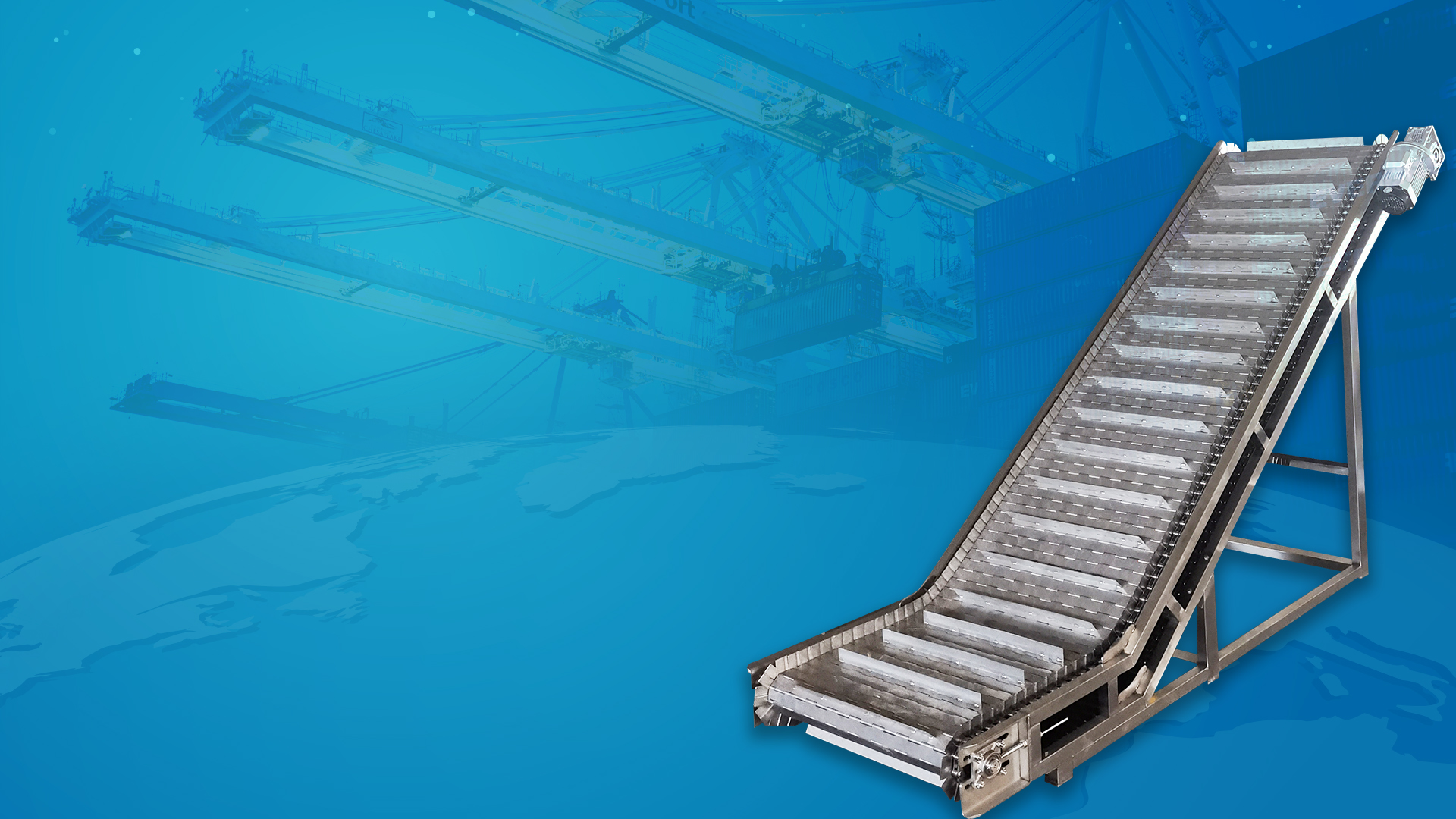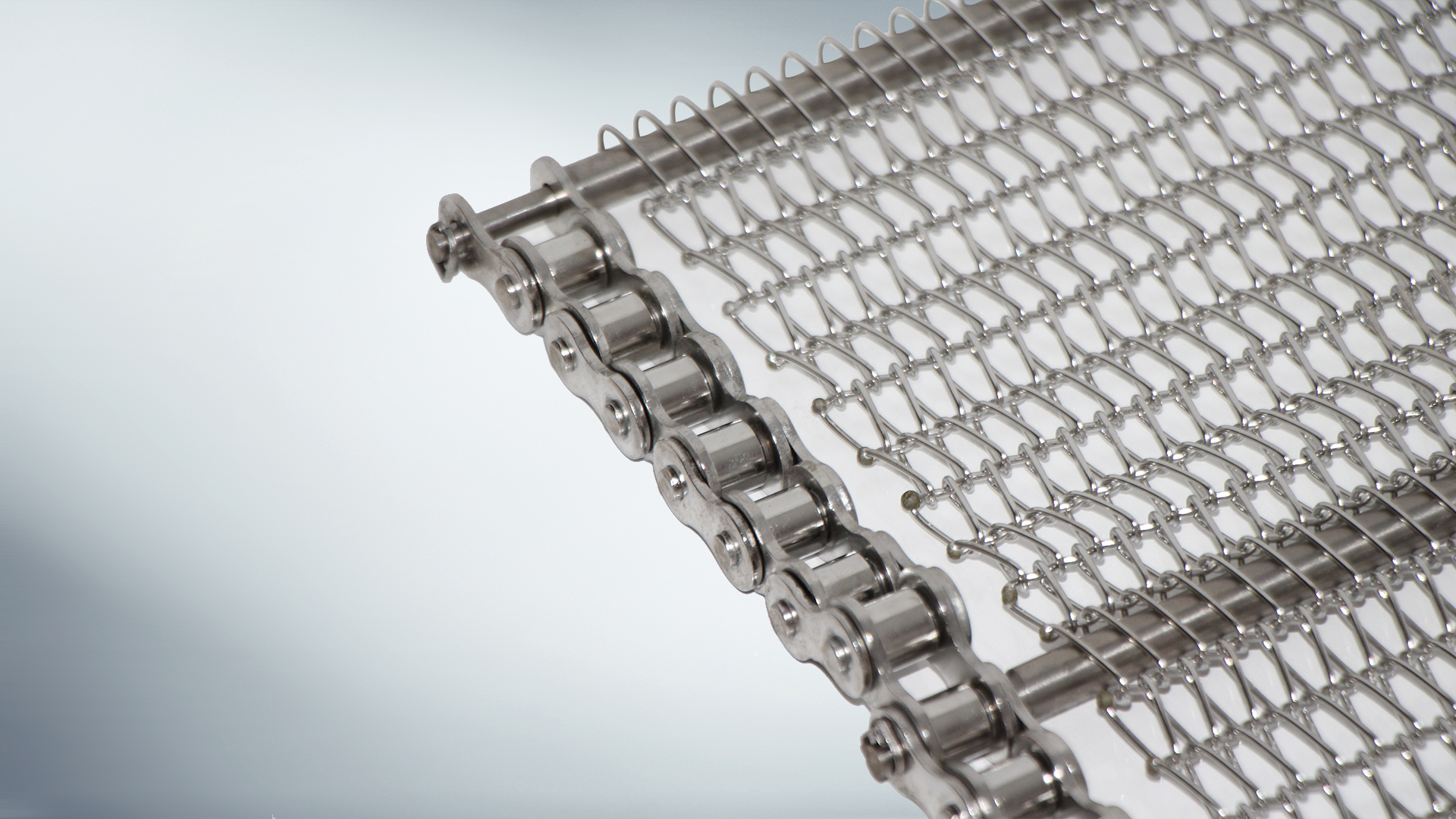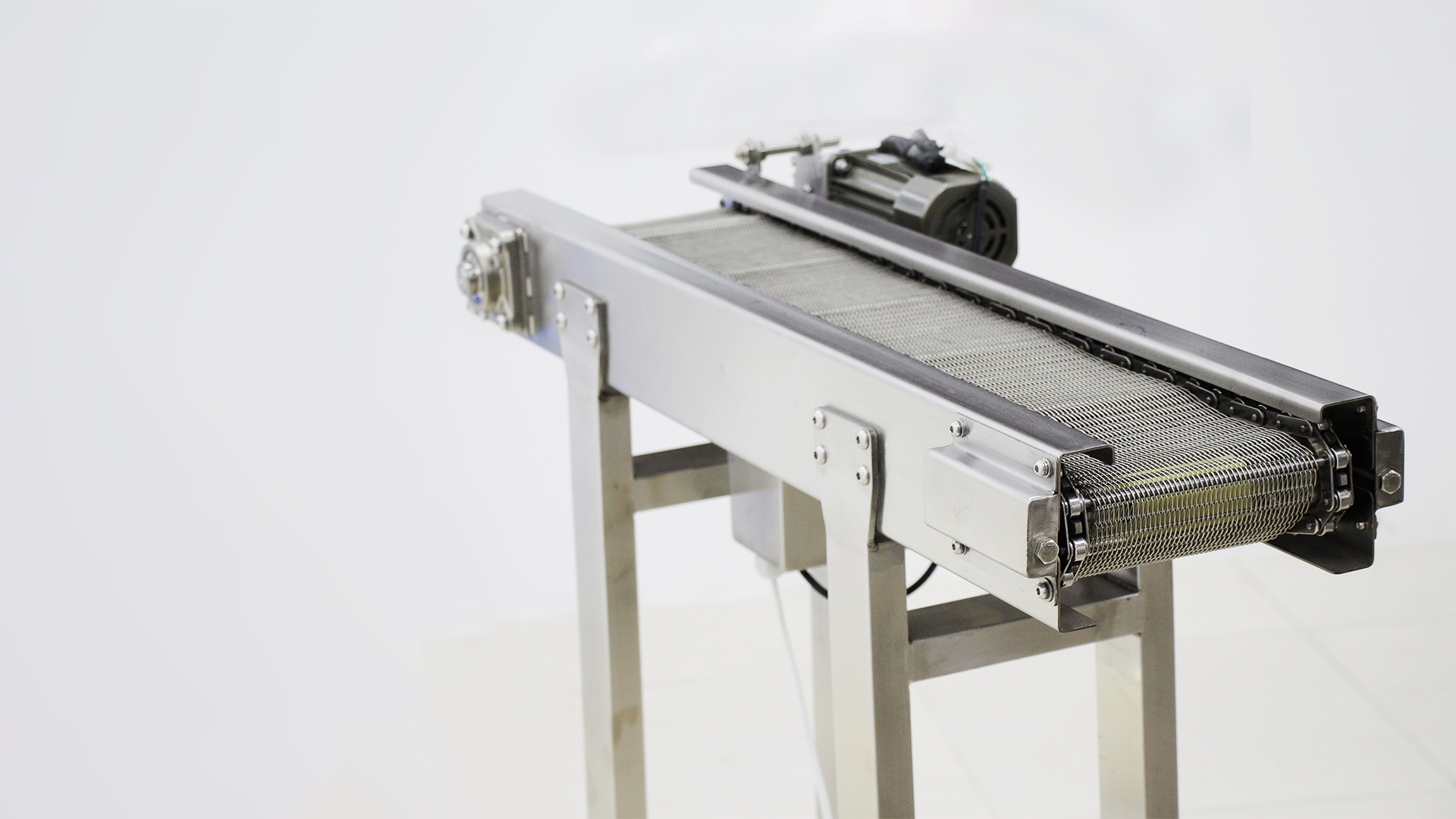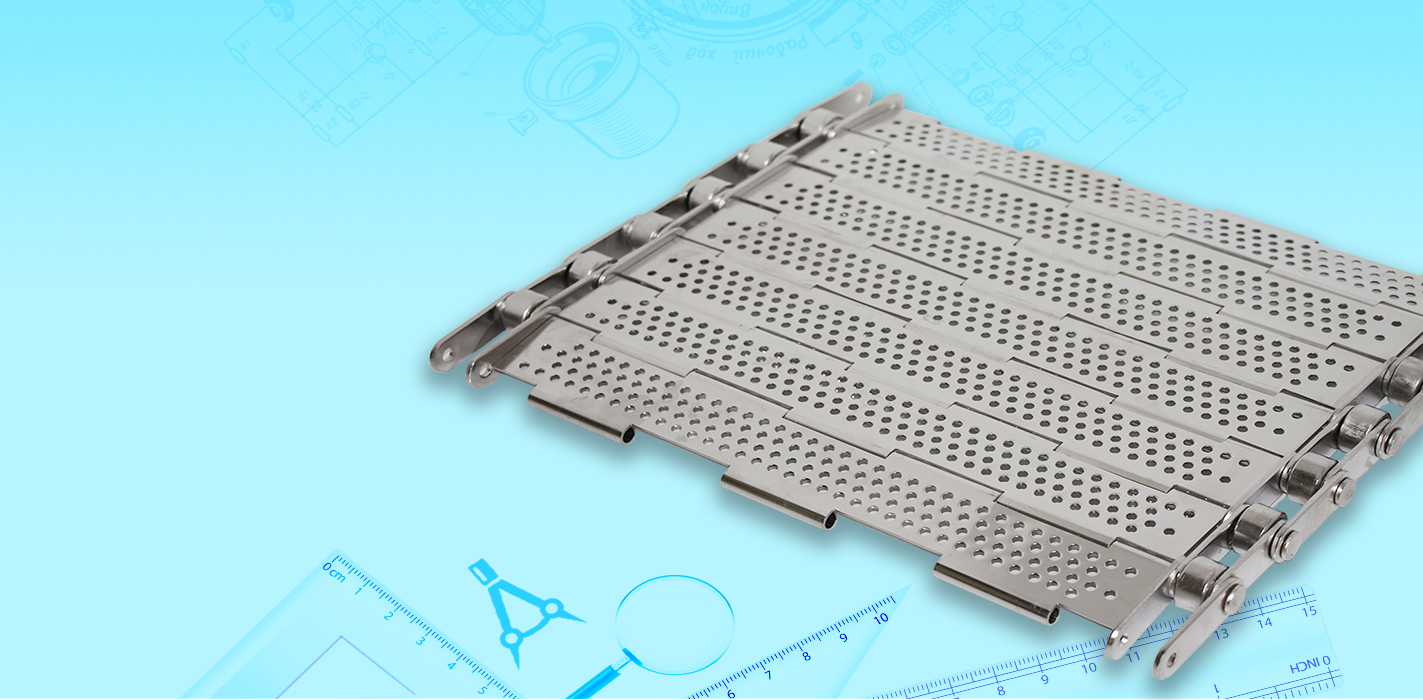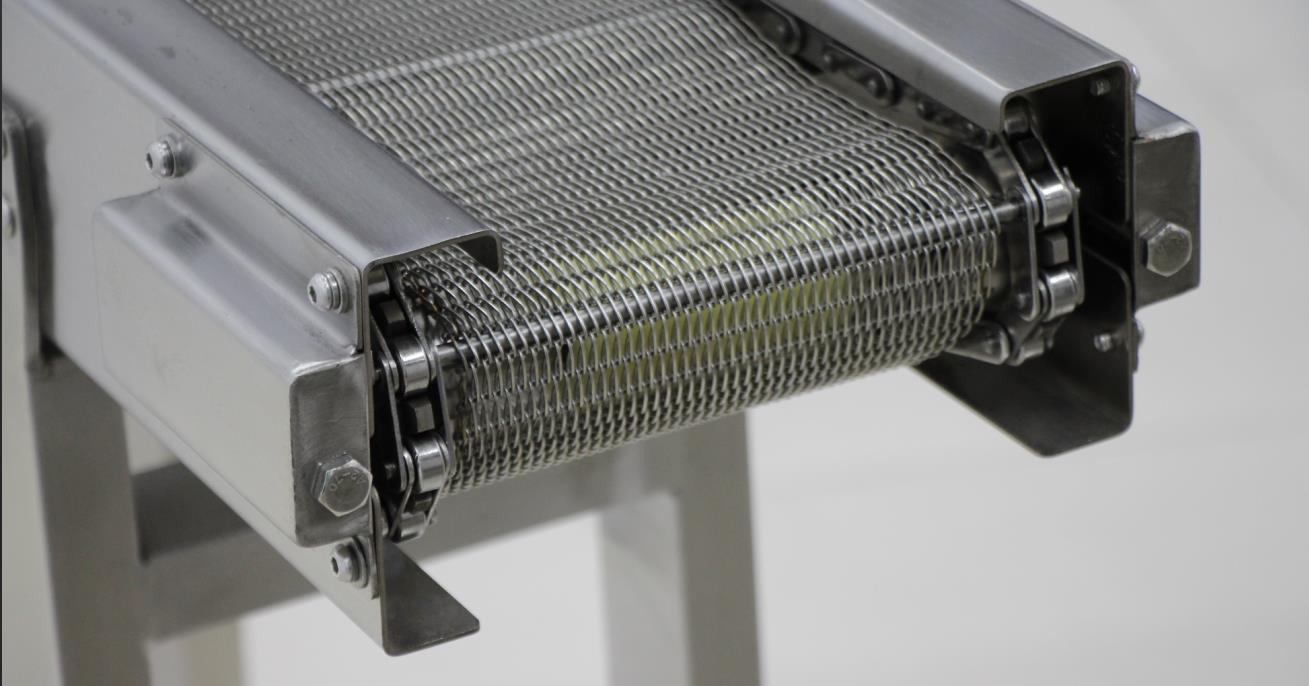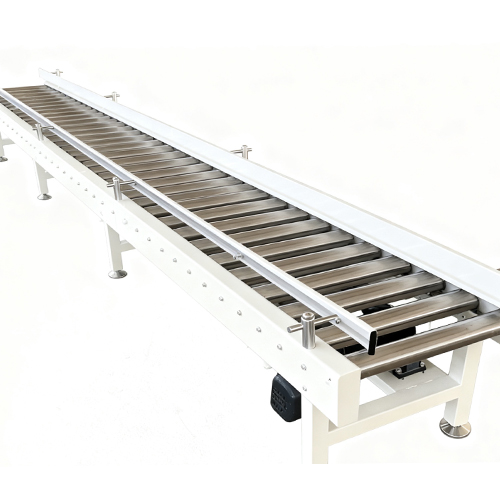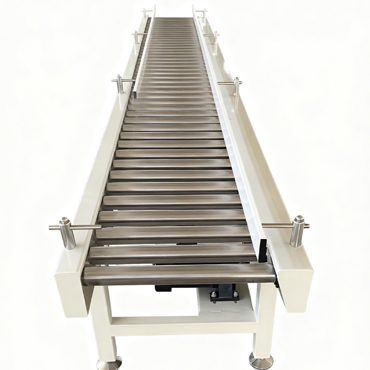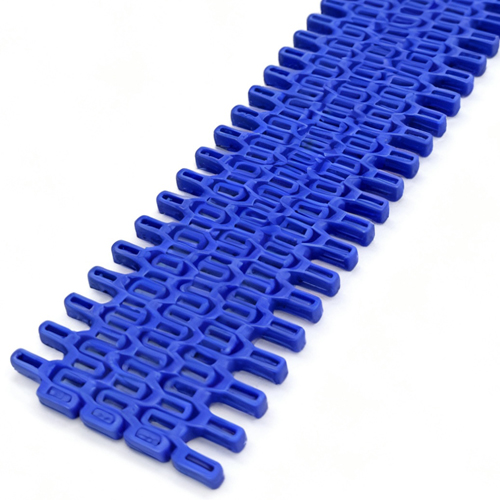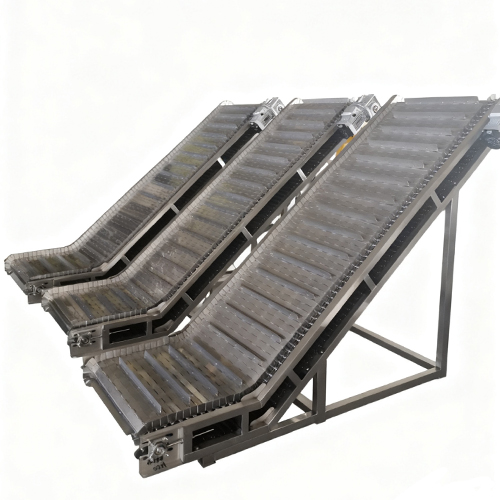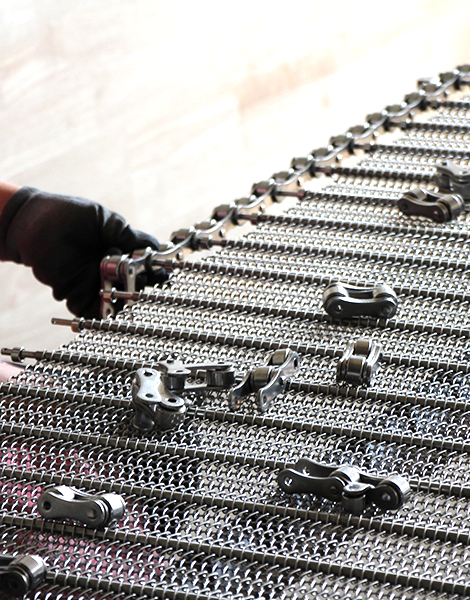I. Belt Conveyor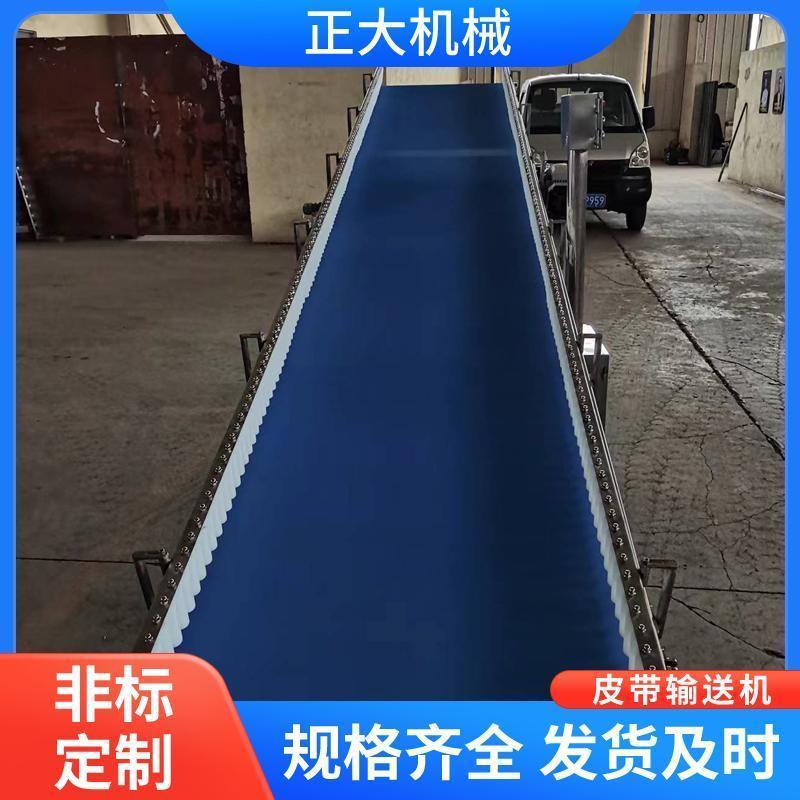
A belt conveyor's primary function is to transport materials from the starting point to the destination using a belt-shaped structure. The belt is made of multiple layers of wear-resistant membranes and fabric, which offer high abrasion resistance and a substantial transport capacity. The belt's configuration can be adjusted according to the hardness of the material and the conveying requirements. For example, if there is a height difference between the inlet and outlet, the belt can be inclined to ensure smooth material flow. Additionally, the conveyor belt can be widened or extended to accommodate long-distance transportation needs.
Translated with DeepL.com (free version).
II. Motor Drive
In addition to the carrier belt, the motor drive is a crucial component of a belt conveyor. Three-phase asynchronous motors are typically employed for their high-power drive capability and flexible speed adjustment according to material handling requirements. The motor drive incorporates start-up and braking functions, which allow for remote control of the belt conveyor via a controller, ensuring material handling safety.
In summary, a belt conveyor is a mechanical device that transports materials from a starting point to a destination. Its operation primarily involves two key aspects: the carrier belt system and the motor drive. Controlling the movement of the carrier belt and adjusting the motor drive enables belt conveyors to adapt to diverse material handling requirements while ensuring the safe and efficient transportation of materials.
Translated with DeepL.com (free version).



